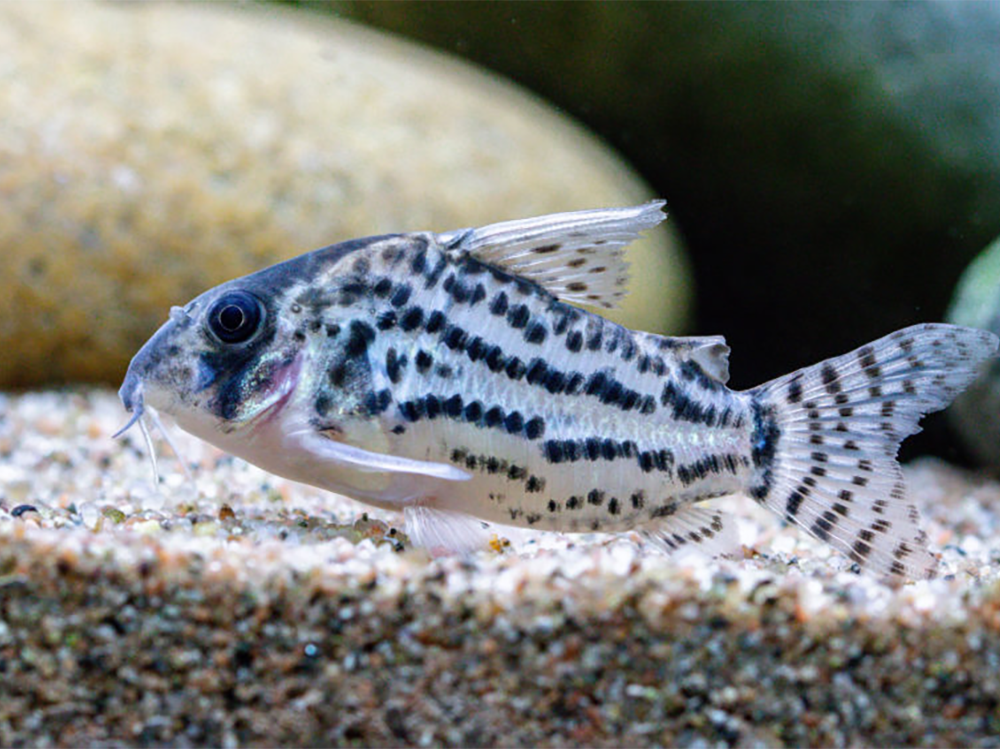Can aquarium plants grow in sand
Even though, there are plenty of options to choose for the substrate of your fish tank, including peat, potting soil substrate with clay, most aquariums is equipped with gravel or sandy bottom.
There is a huge variety of aquarium plants that can live in a sand substrate. It not only looks subjective more attractive than any other substrate but have many more advantages than you would think at first sight. Unfortunately, as always happens, there are also some cons that we need to take into account.
In this article, we are going to point out positive and negative effects of a sand substrate, how to grow aquarium plants in it and what are perfect aquatic plants to grow in this particular substrate.

Benefits of having a sand substrate
Certain plants and animals that you want to keep in your aquarium may have strong preferences for the substrate. It is wisely to do some research before purchasing any of these to our tank. By choosing the right substrate, you can create nearly any effect you want in your aquarium. The material you choose impacts every aquatic plant and fish in your tank.
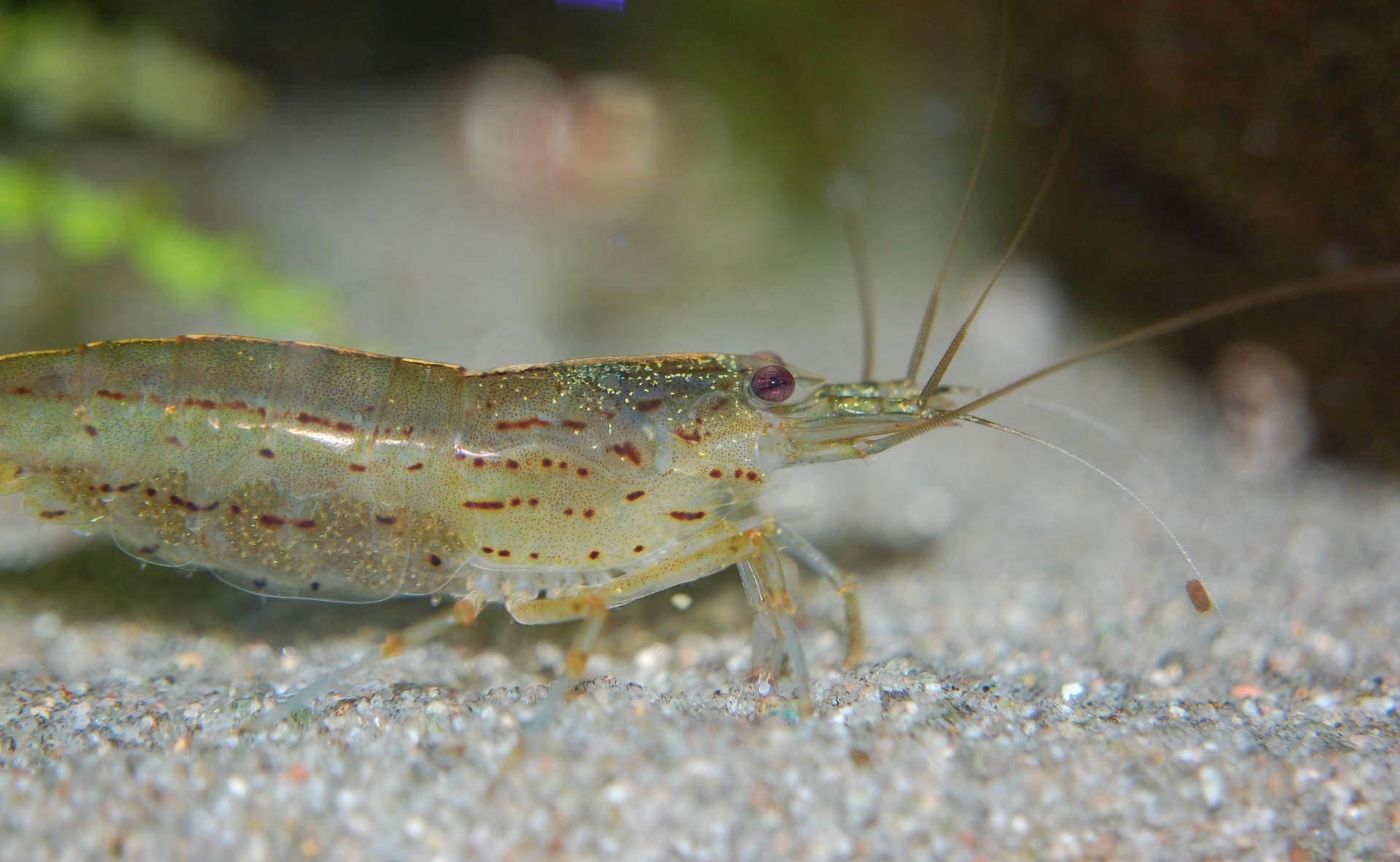
As it was mentioned before, there are several positives of having the sand substrate in the aquarium:
-
Beneficial bacteria can easier settle on it- if your freshwater tank is fully cycled, the bacteria colonization will be more effective on sandy substrates than gravel ones.
-
Aquarium sand is the best choice for keeping bottom dwelling fish i.g. bichir fish which like to burrow and scavenge. They do not hurt themselves while swimming.
-
Uneaten food, fish waste do not fall into crevices among gravel or pebbles which makes it easier to clean fine sand in this case. You can easily see the debris sitting on the sand.
-
There are some freshwater fish species i.g. cichlids that need sand substrate in order to stay healthy. They sometimes eat sand grains that help them to digest food.
-
Aquarium sand is usually the cheapest option available in the aquarium trade, especially for larger tanks.
-
Some aquarium plants can easily grow roots in the sand substrate if you put a thick later of it.
Drawbacks of having a sand substrate
Sand substrates are not universal option for every situation. There are some disadvantages of having such a substrate in your aquarium:
-
Sand is not a nutrient-rich substrate. In fact it does not contain any of it at all so to add liquid fertilizer or root tabs is required.
-
It is possible for aquarium sand to be sucked by aquarium devices like filters or other pumps. It may result in damaging them.
-
In opposite to cichlids, some fish like i.g. goldfish may suffer from an intestinal blockage if they eat sand grains by accident.
-
You will end up with scratched tank walls if you use an algae scrubber inappropriately. Even one grain of sand can cause this problem.
-
If you don't have enough water flow, the sand substrate can become compact. As a result, difficulties to spread plant roots, may appear.
-
Some people hate cleaning the sand substrate because they end up sucking it up with a vacuum cleaner. Definitely a regular weekly cleaning is recommended and once a year a general cleaning is mandatory.
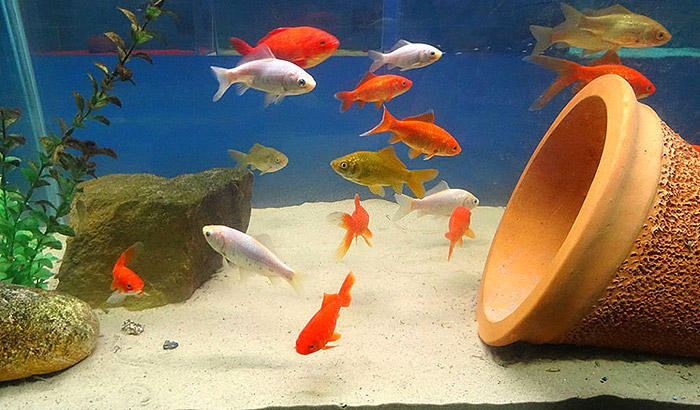
Which aquarium plants do thrive in a sandy substrate?
If you have already decided to plant aquarium plants in sand, then you should consider some of the examples that are listed below.
Java fern
It is one of the most popular aquarium plants used in planted aquariums across the world. Java fern is a very hardy plant. It tolerates most lighting conditions and water parameters. You can literally drop java fern into the water and it is most likely to start growing. It can attach its root to a piece of wood or rocks or other decorations. The only thing, you must not do is to bury java fern plant roots otherwise it will start to rot. As java fern does not take the nutrients from the substrate, other fertilizers are needed.
Java moss
One of the best aquarium plants for small fish and shrimp that need some shelter to feel comfortable and lay the eggs. To anchor aquarium plants like java moss you need a few weeks. And it prefers living on the sand substrate, not in. Java moss adapts well to changing water parameters. You may think about fertilizing it with carbon dioxide as it grows fastest in aquariums with CO2 injection.
If you want to read more about CO2 fertilization, visit our site here.
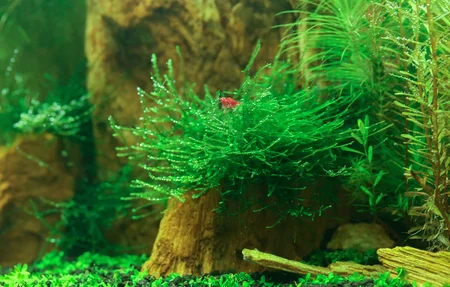
Amazon sword
Amazon sword grows tall with large leaves in the sand substrate. It is an amazing background plant and can become an eye catching addition making a thick green 'forest-like' effect. Not enough? It is also an excellent plant for devices in our fish tank. It grows so tall that it can easily hide the aquarium heater or the filter media. If you are looking for a great beginner plant, the amazon sword is definitely for you.
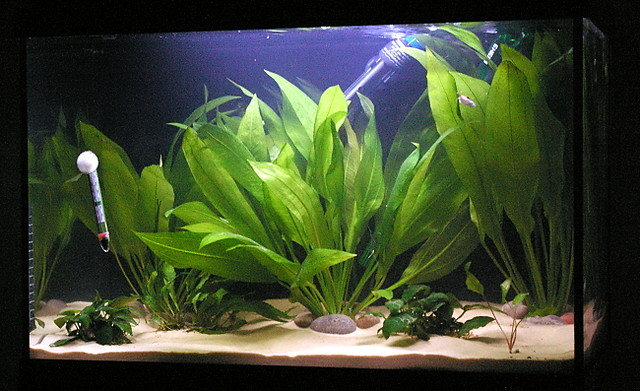
Anubias
Nothing beats Anubias when it comes to its beauty and simplicity of care. It is all about the leaves for this beautiful plant. Anubias will tolerate a wide range of water parameters. It is very difficult to kill this plant. Just do not plant them in aquarium substrates as they will die if their rhizomes get covered. You can glue or tie these live plants on rocks or driftwood.
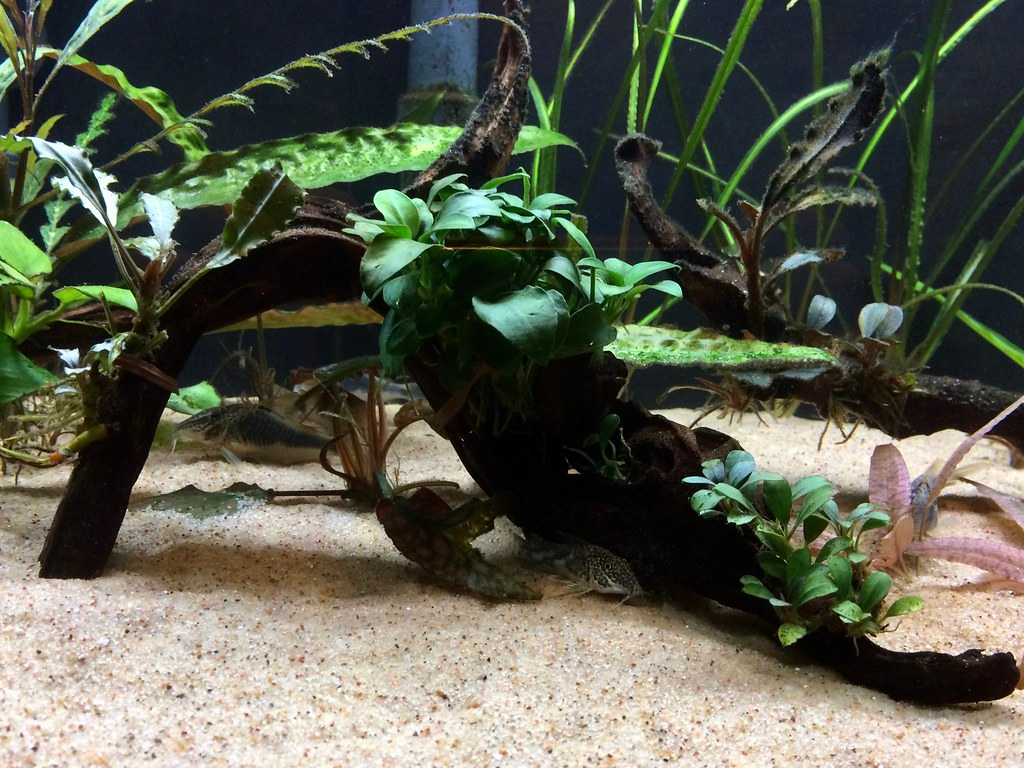
Hornwort
It is popular among aquatic plants due to having fluffy stems and being a fast growing plant that quickly cleans and oxygenates the water. They can be placed at the top as floating plants or grounded in the substrate.
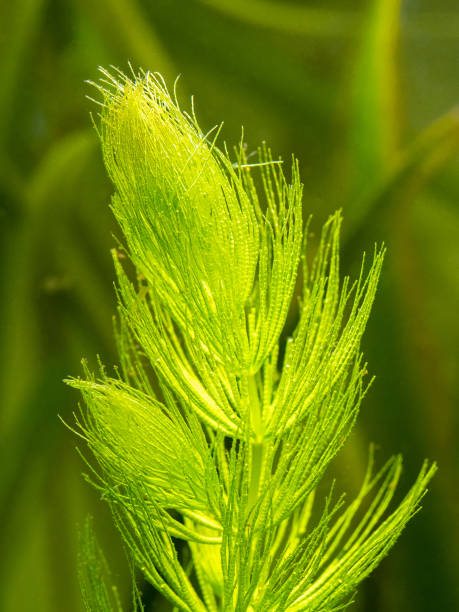
Other plants that do well in sand substrates:
-
Tiger lotus
-
Cryptocoryne
-
Cabomba
How to fertilize sandy aquariums?
As it was mentioned before, the main disadvantage of purchasing sand substrates is that they do not have any nutrients in it. Aquarium plants grow properly only if they have an access to macro and micronutrients including nitrogen, potassium and many more.
If you want to read more about fertilizers, visit our site here.
There are two options for plants to absorb necessary nutrients: from the substrate or the water column or both.
In the first case, you should put some root tabs across the sand substrate. They will melt over time and fertilize the aquarium plants. However, you have to be careful with that one, because some fish may dig out the root tabs from the substrate and spread them around the water and cause some unpleasant consequences. Root tabs are the best choice for the planted aquarium.
The second option is to add liquid fertilizer directly into the water column. Most plants cam take effectively nutrients by their leaves. Read the label and add sufficient amount of the liquid fertilizer to your aquarium to grow plants healthy and tall.

Summary
The answer for the question from the title is straightforward- YES, OF COURSE, THEY CAN.
Sand bottom aquarium is relatively easy and possible to establish. Moreover, there are many people across the aquarium hobby that only grow in sand their aquarium plants and those planted aquariums look amazingly. If you follow some rules that were mentioned in this article, purchase specific plants and fish, you can add sand and be happy of the astonishing look of your aquarium. Unless you have not dreamt about it, then you should choose something different with other possibilities.
